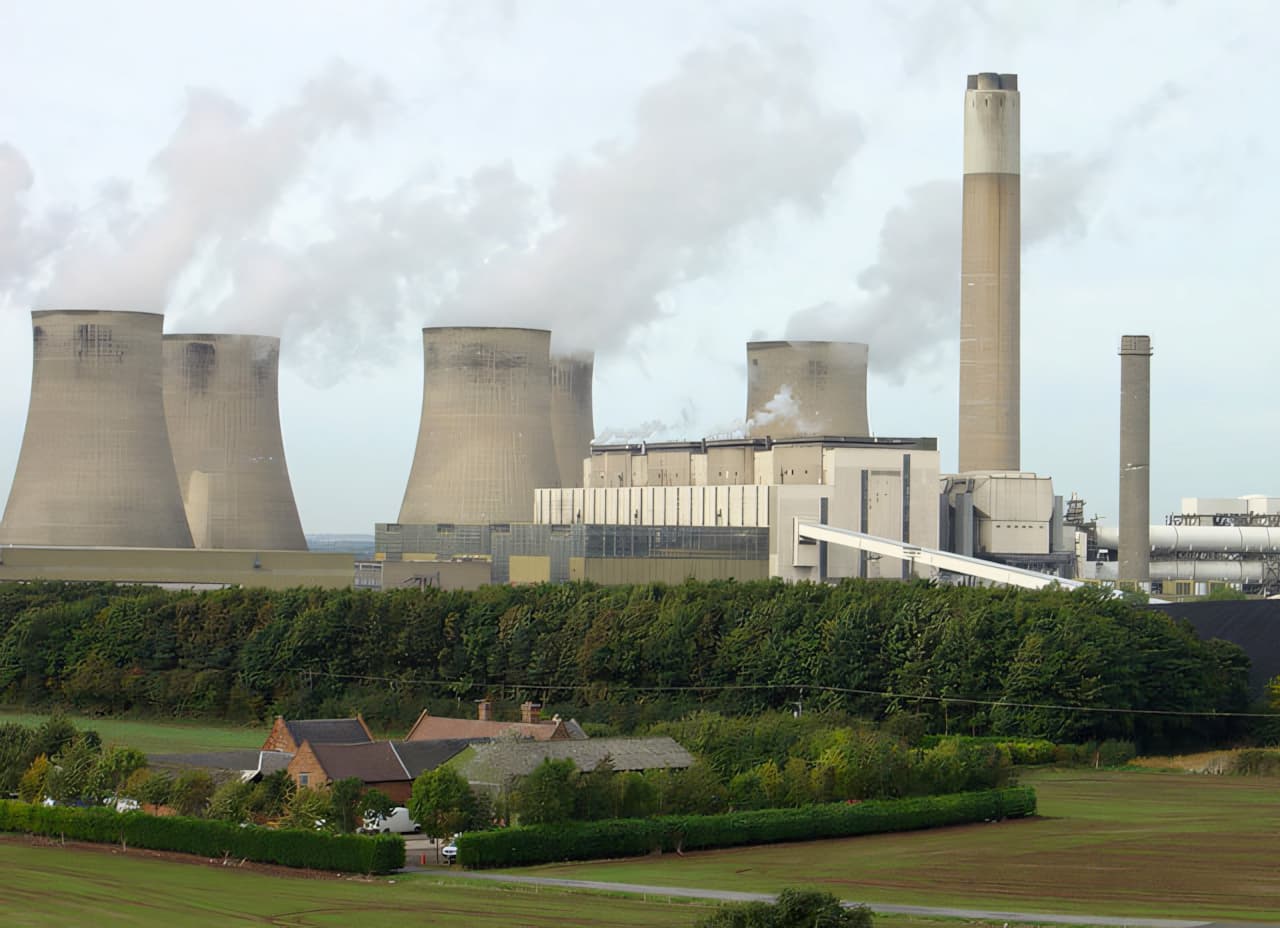In a huge milestone for the global clean energy transition, the United Kingdom is no longer burning coal to generate electricity.
Coal power in the country officially came to an end on Monday, when the Ratcliffe-on-Soar plant near Nottingham ceased operations. The plant had been running since 1967.
The UK is the first G7 nation to end its reliance on coal, with France poised to be the next cab off the rank in 2027.
As recently as 2015, the UK still had 13 operational coal-fired power plants. However, with the nation’s share of renewable energy growing from 7 per cent in 2010 to more than 50 per cent in the first half of 2024, there is no longer a demand for coal power. This allowed the government to shut down the Ratcliffe-on-Soar plant one year ahead of schedule.
End of an era
Coal power was born in the UK, so it seems fitting that its global phase-out should begin in the same location.
Famous American inventor Thomas Edison designed and built the world’s first coal-fired power station in London in 1882. The Holborn Viaduct power station powered streetlights in the nation’s capital, sparking – or at least coinciding with – the beginning of the industrial revolution.
“It’s a really remarkable day, because Britain, after all, built her whole strength on coal, that is the industrial revolution,” says the UK’s environment minister, Lord Deben.
The new UK Labour government has set out an ambitious plan to decarbonise the nation’s energy generation by 2030. Ironically, to achieve this goal it will likely have to build several new gas-fired power stations to secure baseload power in the interim.
Lagging behind
Australia is still at least 14 years away from shutting down our last coal-fired power stations. According to the Australian Energy Market Operator’s (AEMO) 2024 integrated system plan, the country’s last coal-fired power plants will shut down in 2038, with an expected 46 per cent reduction in coal generation by 2030.
However, as a response to AEMO’s plan by UNSW points out, developments in renewable energy technology could actually help accelerate the move away from coal in Australia, as was the case in the UK. There appears to be some hope of this: in 2023, nearly 40 per cent of Australia’s electricity market came from renewable sources, peaking at 72.1 per cent on October 24 that year.
Lord Deben points out that the UK’s remarkably quick transition from coal-dependent to coal-free should serve as inspiration to other countries in their transition.
“I think it’s made a big difference, because you need someone to point to and say, ‘There, they’ve done it. Why can’t we do it?’”, he says.
Boiler point
While the UK is leading the way in decarbonising energy production, there is less certainty about the country’s boiler ban.
In 2022, the then-Conservative government announced a plan to “phase out the sale of new and replacement gas boilers” by 2035.
However, with the recent change of government, there is uncertainty about if and when the boiler ban will go ahead. Before the 2024 election, Labour’s Ed Miliband suggested that a Labour government would review and potentially scrap the policy.
“We haven’t stuck with the government’s 2035 target when you can’t replace your gas boiler,” Miliband said in June. “I know that we’ve got to show that heat pumps are affordable and are going to work for people.”
As HVAC&R News reported in July, there is also a skills shortage that could potentially hinder the UK’s transition from gas boilers to heat pumps.
In Australia, the transition away from gas appliances is even less clear. While Victoria recently published its gas substitution pathway and the ACT has announced that it will cease all gas connections before 2045, there is no nation-wide roadmap for electrifying all appliances.
 Nick Johns-Wickberg
Nick Johns-Wickberg


Leave a Reply